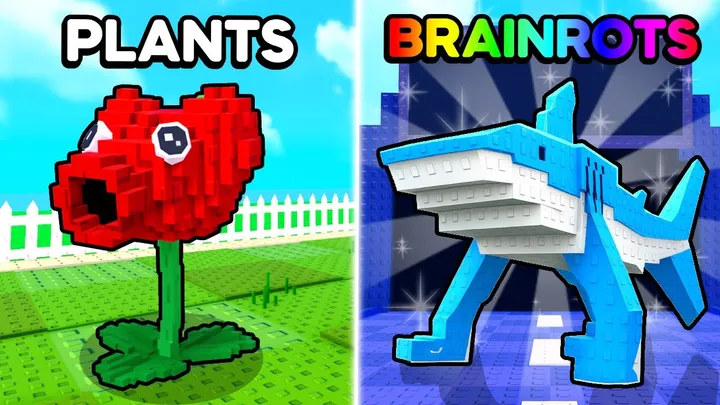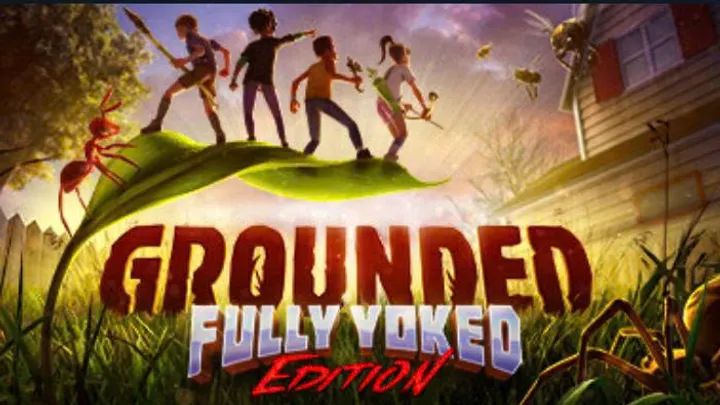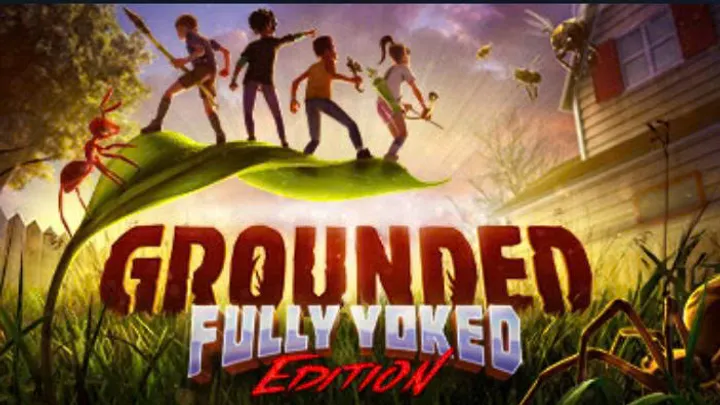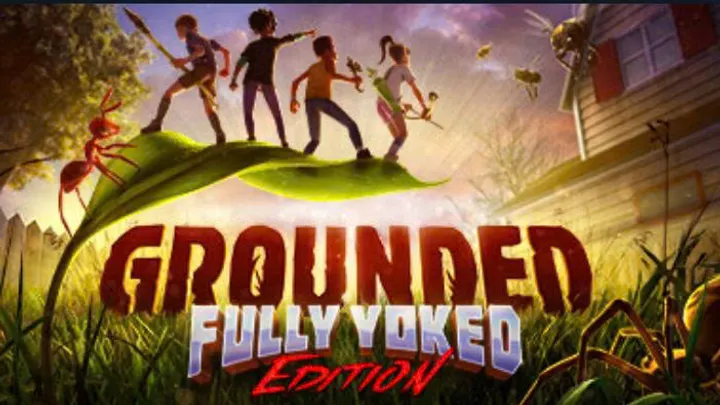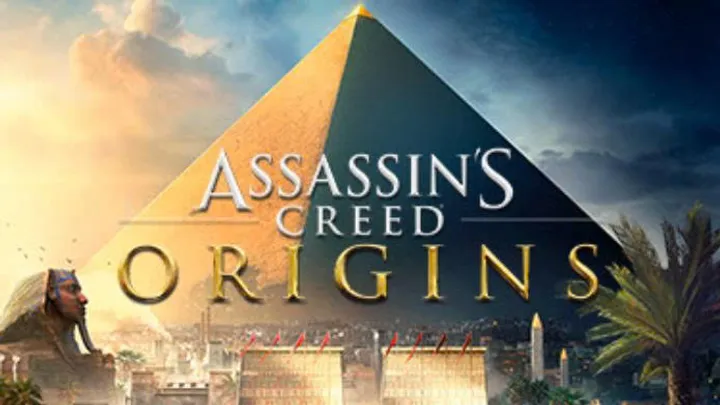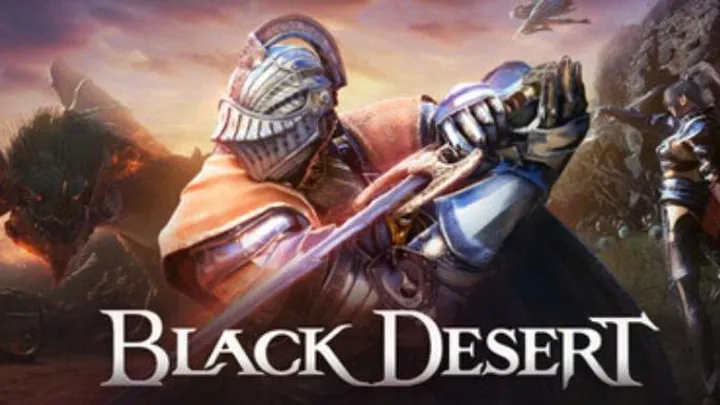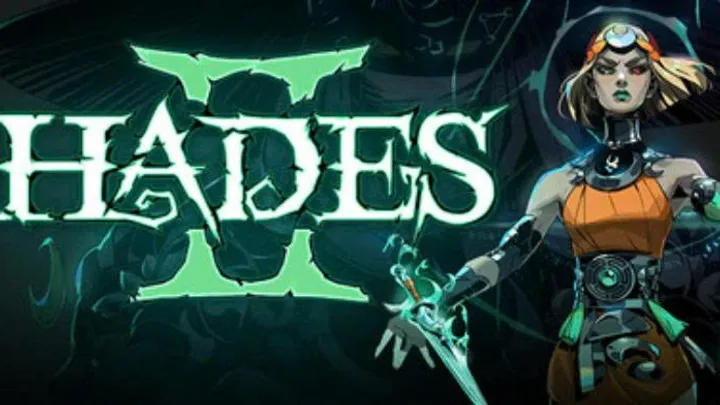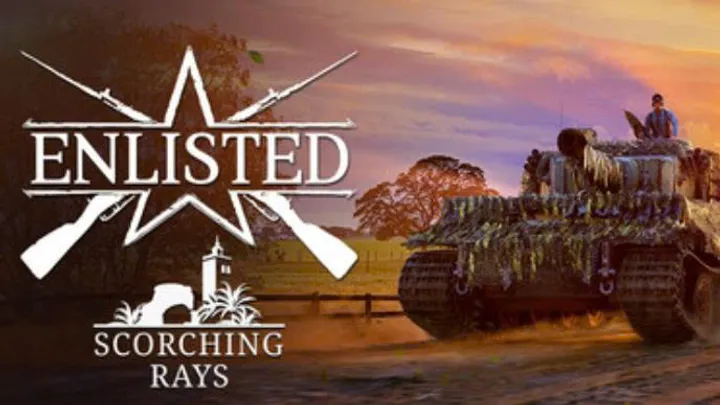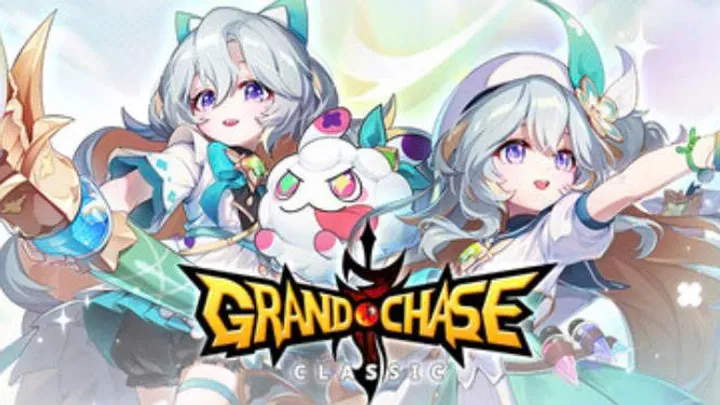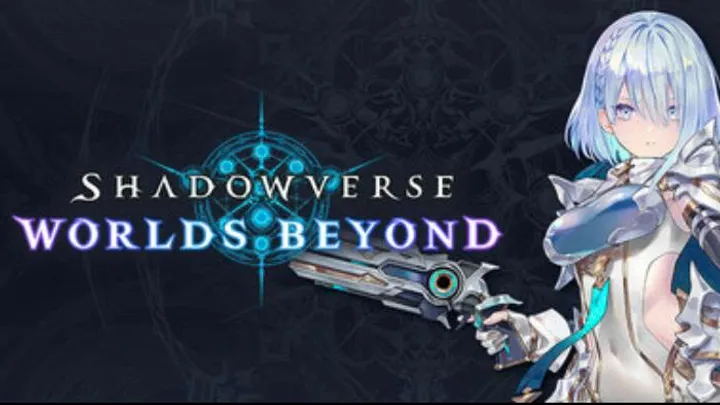GrandChase is one of those titles that defined an era for online gamers in the 2000s. With its side-scrolling combat, charming anime art style, and cooperative dungeon runs, it carved out a unique place in the MMO scene. For many, GrandChase wasn’t just a game—it was a social hub where friendships, rivalries, and entire communities thrived.
But when the franchise returned in new forms—GrandChase Mobile and GrandChase Classic—players were forced to confront an uncomfortable truth. The game they remembered so fondly couldn’t easily coexist with the realities of modern monetization and design philosophies. Nostalgia alone wasn’t enough to keep it alive without compromises.
From Origins to Legacy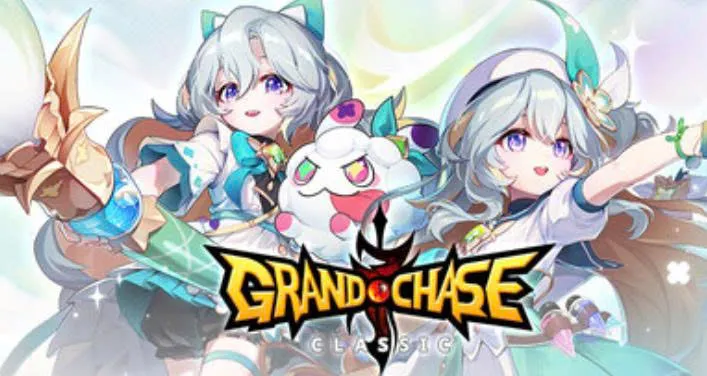
GrandChase launched in South Korea in 2003 and later spread internationally, finding huge success in countries like Brazil and the Philippines. Its blend of platformer mechanics, anime-inspired storytelling, and multiplayer dungeon crawling was a novelty at the time.
The original PC game had a straightforward progression system: unlock characters, level them up, and master their unique abilities through cooperative and competitive play. The monetization was modest by today’s standards, with cosmetics and small boosts available, but much of the content was accessible without heavy spending.
Nostalgia as a Double-Edged Sword
When GrandChase Classic was announced in 2021, excitement skyrocketed. Fans hoped to relive the golden days of the original, complete with their favorite characters, skills, and storylines. For a brief moment, the community buzzed with energy.
However, nostalgia is a double-edged sword. What worked in the mid-2000s doesn’t always hold up today. Slow progression, grind-heavy systems, and technical limitations became more noticeable. Players who had idealized the past were confronted with the reality that the game they remembered so fondly also carried flaws that had aged poorly.
The Mobile Experiment
GrandChase Mobile (released in 2018) was the developers’ attempt to bring the franchise to the modern mobile market. It replaced the side-scrolling combat with automated RPG mechanics and gacha-style character collection.
This pivot alienated many long-time fans. While the mobile game found some success among casual audiences, veterans felt it had abandoned the essence of GrandChase: the cooperative action-platformer gameplay. For them, the heart of the franchise had been replaced with generic mobile RPG systems designed around monetization.
Monetization Shifts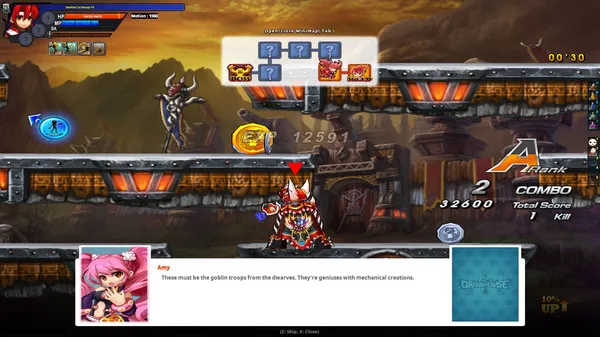
One of the most controversial aspects of both Classic and Mobile was monetization. In Classic, the grind to unlock characters and progress mirrored the original, but modern players expected faster pacing or fairer reward systems. Instead, the game felt like an outdated grind layered with monetized shortcuts.
In Mobile, the introduction of gacha mechanics changed the relationship between player and game entirely. Characters that were once unlocked through gameplay now sat behind randomized draws. The sense of ownership and achievement tied to unlocking Elesis, Lire, or Arme was replaced with frustration over drop rates and spending requirements.
The Clash of Design Philosophies
At its core, GrandChase faces a conflict between preserving authenticity and adapting to modern standards.
- Classic Design: Rewards patience and mastery but demands time, repetition, and tolerance for grind.
- Modern Design: Prioritizes accessibility, monetization, and constant content updates to keep up with industry trends.
Neither approach fully satisfied the fanbase. Classic felt too archaic for new players, while Mobile felt too detached from the original identity for veterans. The game became stuck between two audiences with different expectations.
Community Division
The result of these shifts was a divided community. Older fans clung to Classic for nostalgia, even as they criticized its lack of modernization. Younger or more casual players leaned toward Mobile, but often saw it as “just another gacha.”
Forums, Discord servers, and social media reflected this division, with debates over what GrandChase “should” be. Some argued for keeping the franchise rooted in its side-scrolling roots, while others wanted a hybrid approach that respected both legacy and modern convenience.
The Emotional Weight of Characters
Part of GrandChase’s appeal has always been its characters. Elesis, Arme, Lire, and the rest of the cast weren’t just avatars; they were central to the story and cultural identity of the game. Players grew attached to them in ways that transcended mechanics.
The shift in how these characters were accessed—from unlocking through gameplay to pulling through gacha banners—altered that emotional connection. What once felt like earning a companion now felt like gambling for one. This subtle shift damaged the franchise’s most powerful asset: its characters as symbols of loyalty and belonging.
Lessons from GrandChase’s Struggles
GrandChase’s story highlights several lessons about balancing nostalgia and modern game design:
- Respecting Legacy: Revivals must preserve the essence of what made the original beloved.
- Modernizing Carefully: Updating systems is necessary, but modernization must serve the spirit of the game, not replace it.
- Fair Monetization: Players are more forgiving of grind than of exploitative gacha models.
- Community Involvement: Transparent dialogue with fans could have bridged the gap between Classic and Mobile audiences.
These lessons apply not just to GrandChase, but to any franchise attempting to revive a nostalgic property.
The Future of GrandChase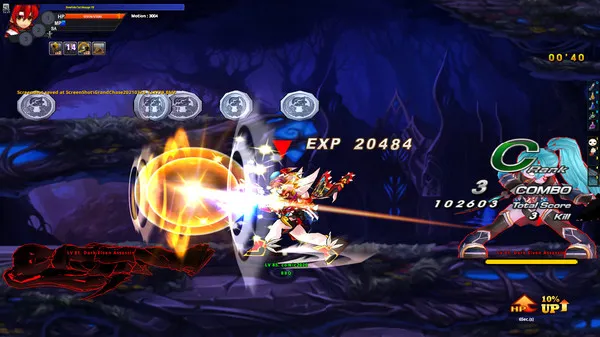
GrandChase’s future is uncertain. The Classic revival has slowed down significantly, and the mobile game survives largely on niche appeal. The franchise has potential to thrive again, but only if developers can reconcile the tension between past and present.
An ideal future might involve a remake rather than a revival, rebuilding GrandChase with modern technology, faster progression, fair monetization, and cooperative gameplay at its core. Anything less risks repeating the same cycle of disappointment.
Conclusion
GrandChase is more than a game—it’s a memory, a community, and a legacy. But its return has shown how fragile nostalgia can be when it collides with modern industry pressures. The original spirit of cooperation, skill, and character-driven storytelling has been overshadowed by grind, monetization, and design conflicts.
If the franchise hopes to move forward, it must honor the heart of GrandChase while adapting intelligently to the expectations of today’s players. Otherwise, it risks being remembered only as a relic of the past, rather than a living game with a future.
